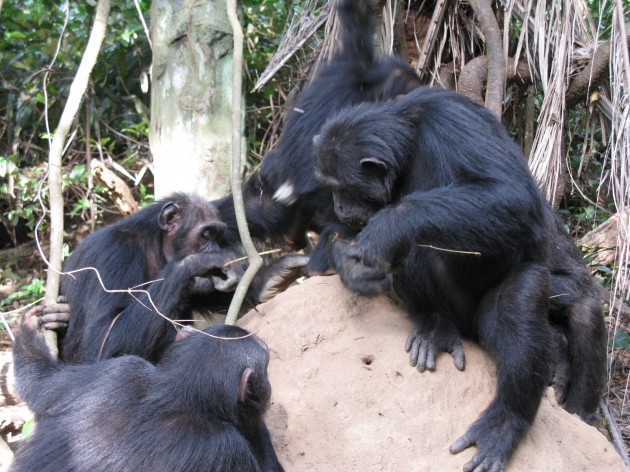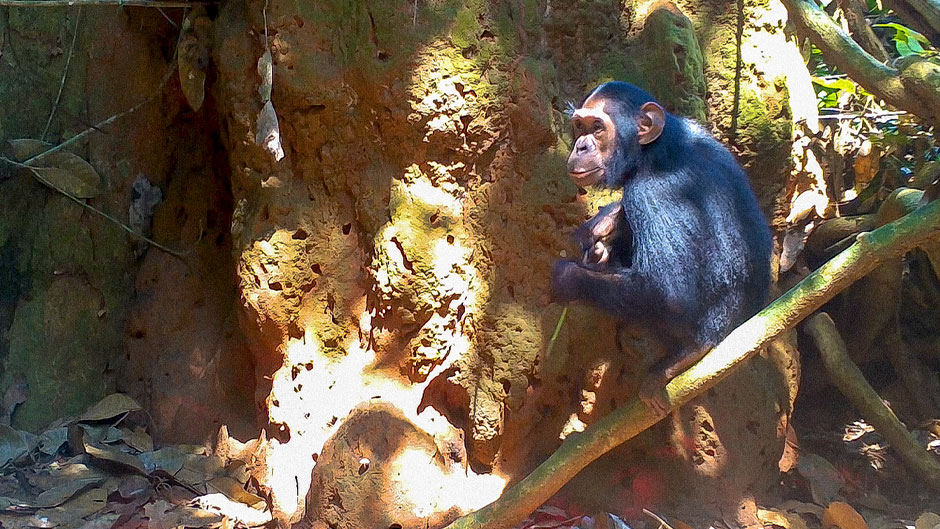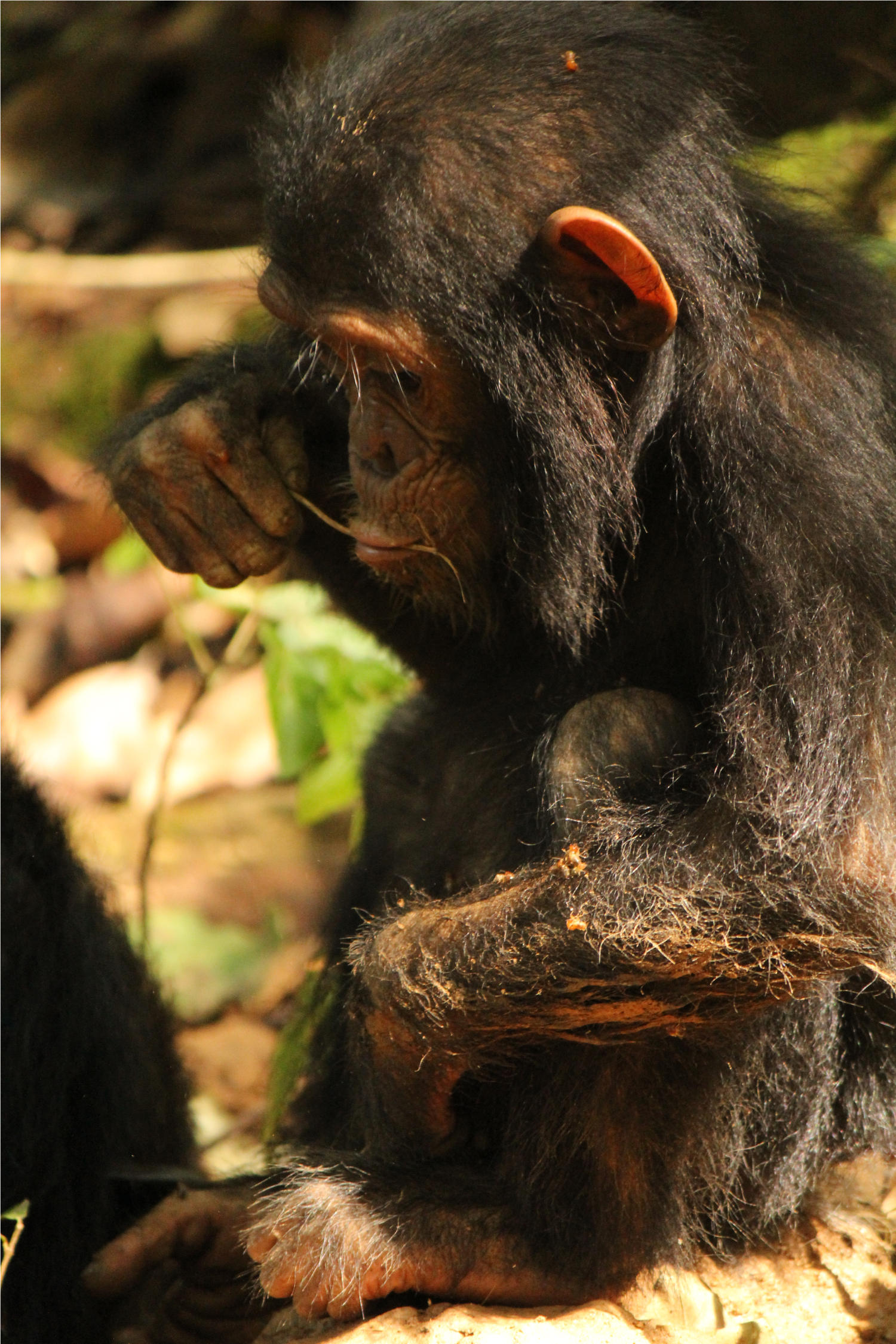Chimpanzees act as 'engineers', choosing materials to make tools based on structural and mechanical properties
Date:
March 24, 2025
Source:
University of Oxford
A multidisciplinary team of researchers from the School of Anthropology and Museum Ethnography at the University of Oxford, the Max Planck Institute for Evolutionary Anthropology, the Jane Goodall Institute in Tanzania, the University of Algarve and the University of Porto in Portugal, and the University of Leipzig, have discovered that chimpanzees living in Gombe Stream National Park in Tanzania employ a degree of engineering when making their tools, deliberately choosing plants that provide materials that produce more flexible tools for termite fishing.
These findings, published in the journal iScience, have important implications for understanding the technical abilities associated with the making of perishable tools -- a topic which remains a highly unknown aspect of human technological evolution.
Termites are a good source of energy, fat, vitamins, minerals and protein for chimpanzees. To eat the insects, chimpanzees need to use relatively thin probes to fish the termites out of the mounds where they live. Given that the inside of the mounds is made up of winding tunnels, the scientists hypothesized that using flexible tools would be more effective for chimpanzees at fishing out the insects than using rigid sticks.
To test this, first author Alejandra Pascual-Garrido took a portable mechanical tester to Gombe and measured how much force it took to bend plant materials used by the apes compared to plant materials that were available but never used. Findings showed that plant species never used by chimpanzees were 175 percent more rigid than their preferred materials.
Furthermore, even among plants growing near termite mounds, those that showed obvious signs of regular use by the apes produced more flexible tools than nearby plants that showed no signs of use.
More:
https://www.sciencedaily.com/releases/2025/03/250324142002.htm











